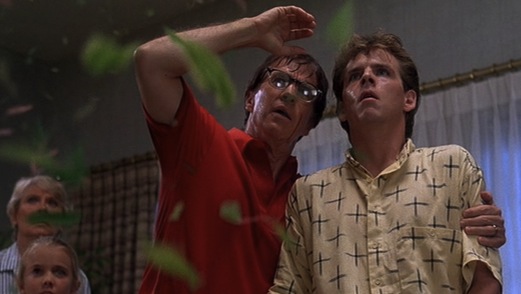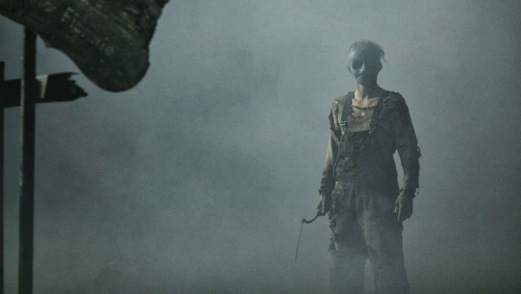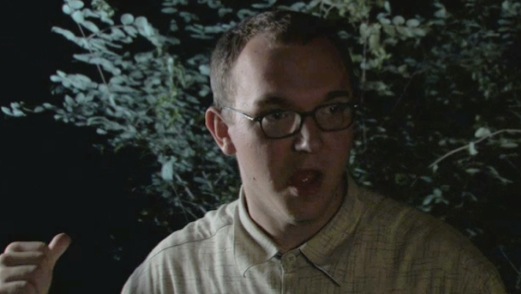10 Hardy Horror Movie Clichés
The horror genre and clichés go together like—let’s just wallow in it—peanut butter and jelly. Or peas and carrots. Or spaghetti and meatballs, whichever is most trite. And although one might think of the Halloween season as the home for clichéd horror releases, that isn’t always the case. January is historically a favored dumping ground for crappy horror movies that studios have little to no confidence in. Just look at this month, which already saw the release of the (surprisingly successful) Paranormal Activity spin-off, The Marked Ones. There’s still a couple more horror-tinged releases on the way as well, with Devil’s Due and I, Frankenstein, neither of which has had positive buzz.
Luckily for filmmakers, though, horror has a tendency to embrace its own conventions. Ever since the 1996 release of Scream in particular, no genre has supported a more self-aware fan base. Although innovation and originality will always be prized over everything else in the frequently blasé horror genre, plenty of fans have come to realize that clichés have their place. Seeing them pop up in film after film becomes a comforting endeavor, in many cases. Each one is like an old friend.
With the fandom becoming educated in those specific units of storytelling, certain horror clichés become so universally recognized that there’s literally no point in even acknowledging them in a list. Thanks to films such as the Friday the 13th series, everyone knows you can’t have sex in horror movies. Thanks to Scream, we know you should never claim that you’ll “be right back.” And thanks to Def Jam stand-up routines, you undoubtedly know that life expectancy for black characters is, shall we say, not bullish. Here, then, are a few slightly lesser-known clichés that are nevertheless likely to remain with the genre forever.
1. “It was just the cat.”
In all fairness, this is as universal as it gets. All horror fans know that in the first 20 minutes or so of a film (excepting an opening kill scene), any mysterious noises the protagonist is investigating will end in a screeching cat being thrown at them from off-camera by some hapless grip, whose job description apparently includes “cat-hurling.” The real mystery is why cats are overwhelmingly the animal of choice for this stock jump scare. And who exactly is going around, stuffing housecats into closets that have been steadfastly closed?
Examples: Pretty much every horror film of the last 40 years. Check out this three-minute supercut that samples 25 different variations on “It was just the cat.”

2. The unreasonable parents/unhelpful villagers
If parents implicitly believed the dire warnings of their teenage offspring, most horror movies would be about 15 minutes long. Storyline convention dictates, then, that horror movie parents be the most thick-headed and stubborn characters ever devised. They could stumble onto the spring-loaded corpse of Grandma in the family root cellar and still claim that there’s a reasonable explanation for everything that has happened. Eventually, they’ll accuse their teenage protagonist of being “on the drugs,” which is the unreasonable parent’s bastion of last resort. Unhelpful villagers, meanwhile, are essentially the period piece equivalent to this cliché. They’re the huddled masses found in every corner tavern, seemingly stationed there for the sole purpose of making idle threats to the stranger passing through town, looking for his uncle’s haunted mansion/castle.
-

-

-

-

-

-

-

-

-

-

-

-

-

-

-

-

-

-

-

-

-

-

-

-

-

-

-

-

-

-

-

-

-

-

-

-

-

-

-

-











































